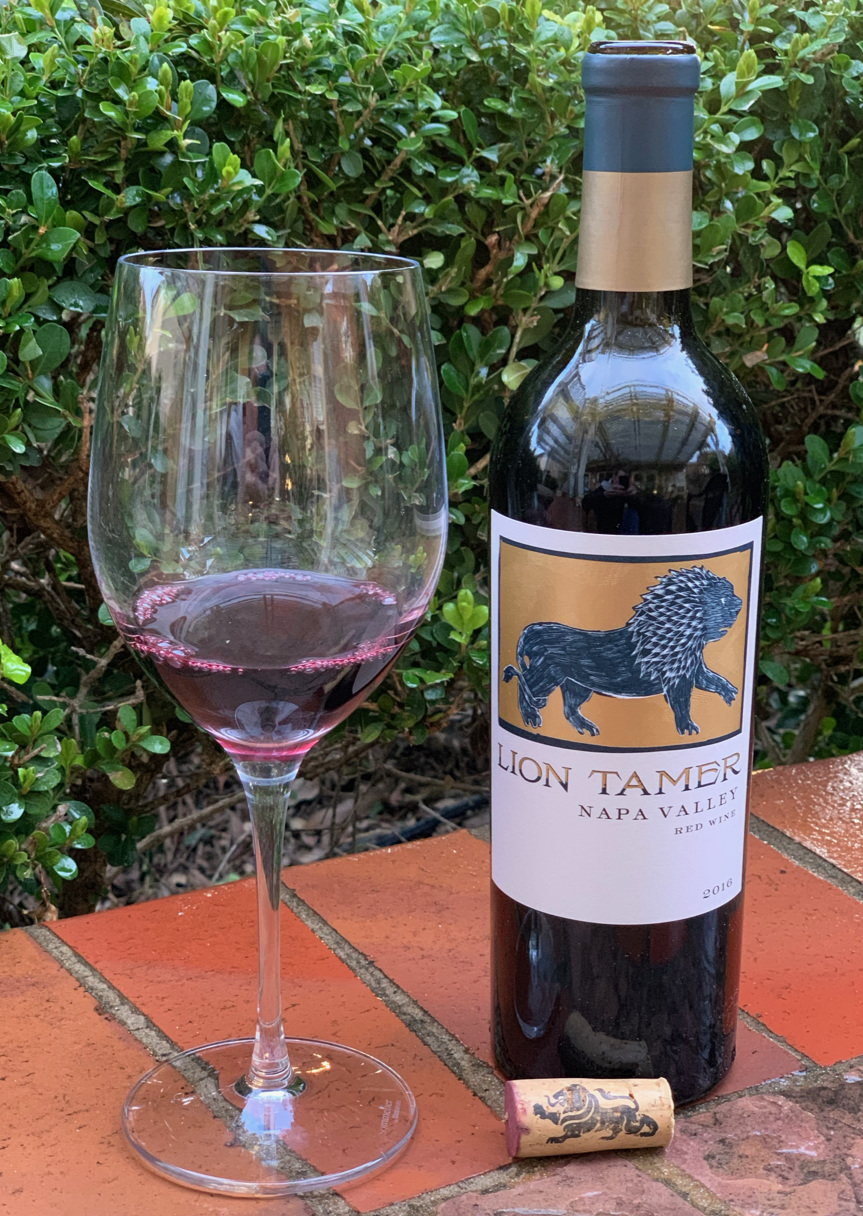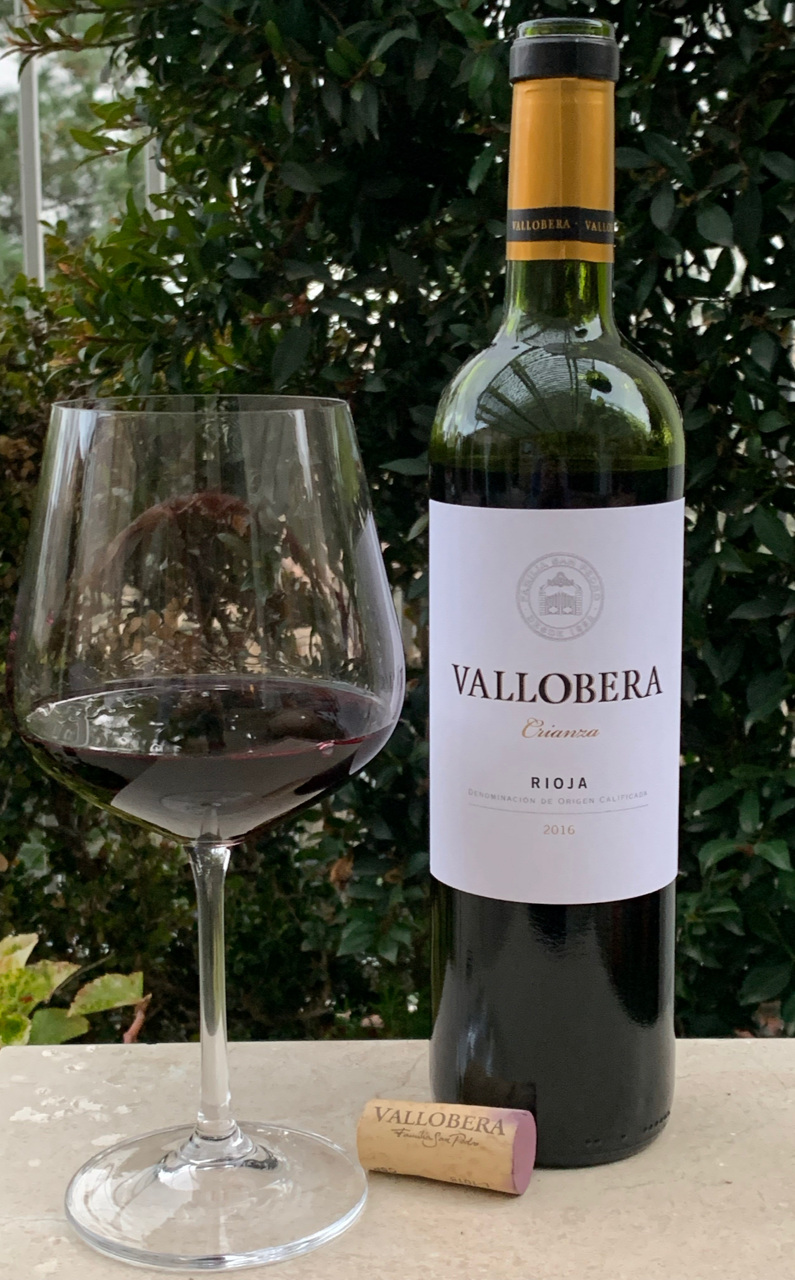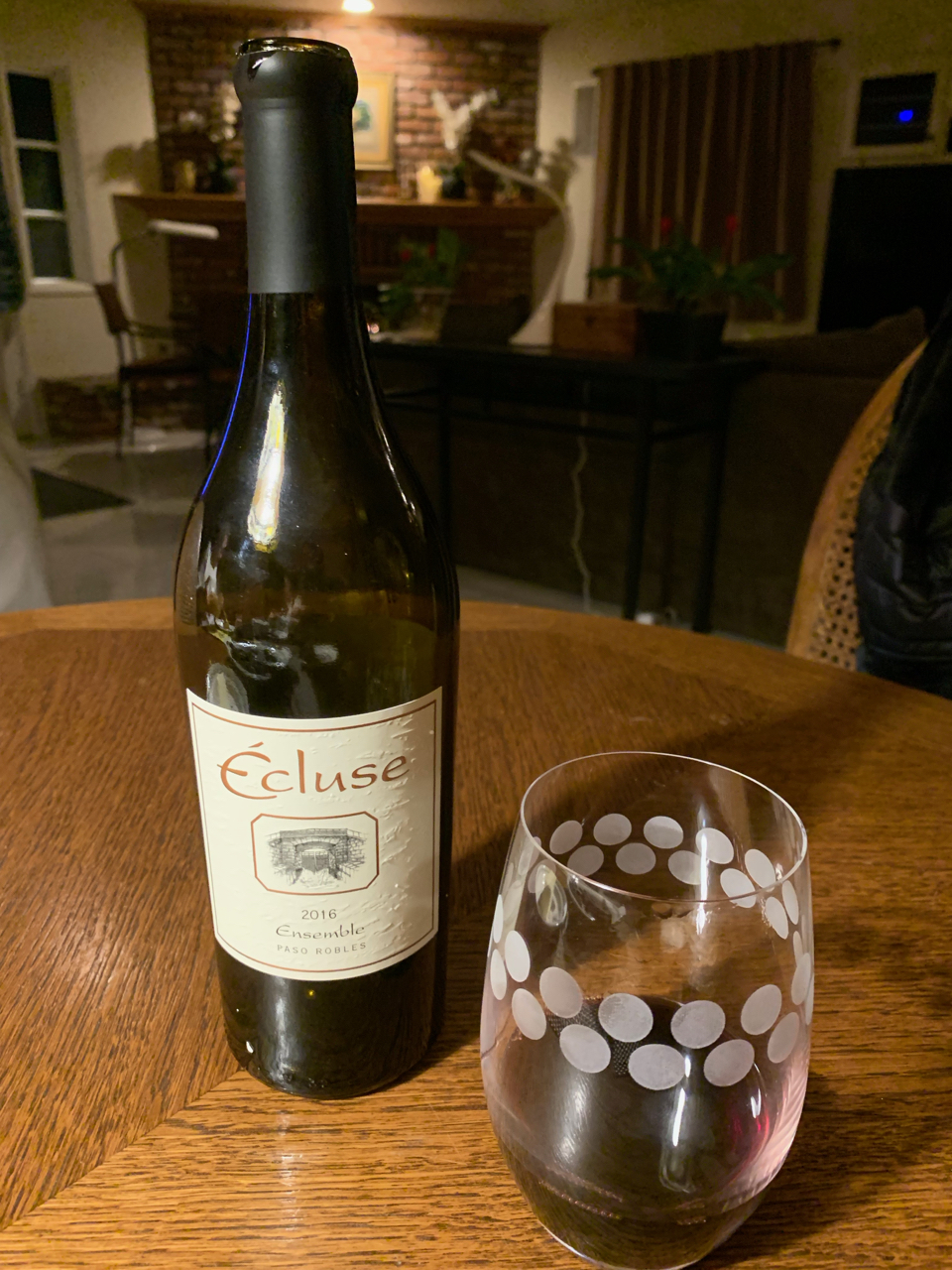Oak has been used as an aging vessel for wines for centuries. Wines get added flavors and complexity from being aged in oak barrels, especially new oak.
But oak barrels are expensive. And they only impart flavor to wines during their first two to three uses.
So, to get the oak flavors without all the cost, some wines are made with oak chips, oak staves and even oak powder.
Using these oak barrel alternatives allows wine makers to use less expensive containers (e.g., Stainless Steel tanks) and still get the desired oak flavors.
After the wine has the necessary time in contact with the chips, staves or powder, they are physically removed or filtered out and consumers never know the difference.
This may seem ‘wrong’ to many wine purists, but it is allowing winemakers to produce oak flavors in their wines at considerably lower costs. And, studies have been done that show consumers can’t tell the difference.
But, since wine labels don’t tell us the difference, I wonder if we’d change our opinions of wines that are produced with these oak alternatives instead of the traditional oak barrels?




